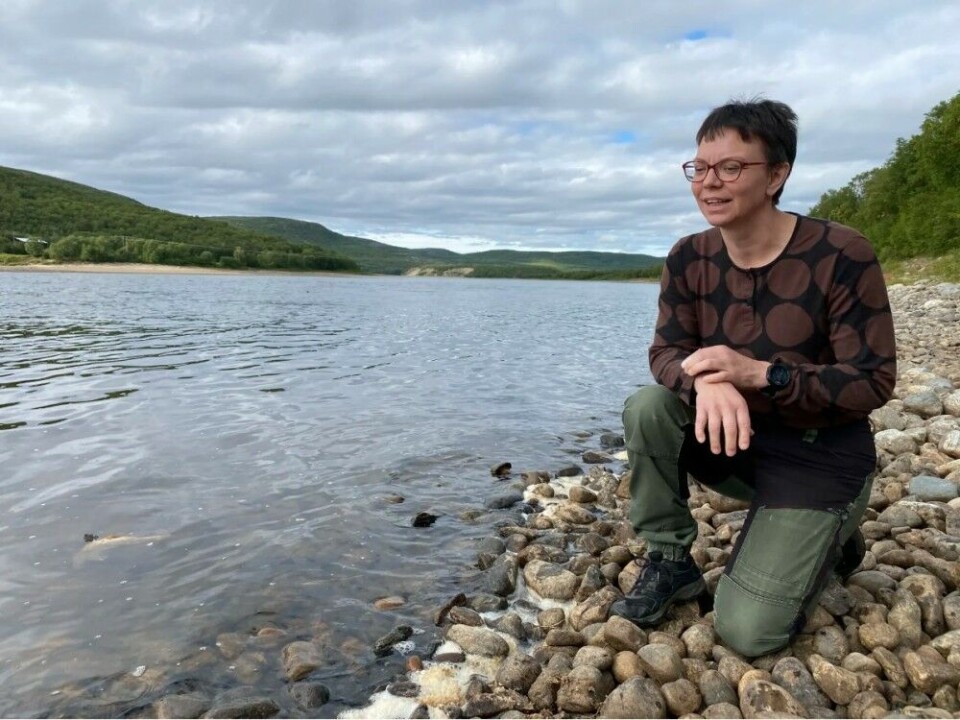
Humpback salmon have invaded the River Teno – local people are shaken
This summer, the number of humpback salmon in the River Teno, the border river between Norway and Finland, has increased enormously from last year. These salmon have been swimming near the shores, with masses of them dying in the river from exhaustion. Local people are extremely worried.
By Sáárá Seipiharju
This year, the River Teno (Deatnu in North Sámi) has become a river characterised by the humpback salmon. According to researchers the number of humpback salmon has increased tenfold in the river. Sonar counting shows that their number exceeds the number of the Atlantic salmon, the native salmon of the river. Local people are shaken by the situation.
Every summer, fisher Kati Eriksen fishes in the river system using drift nets, kick weirs and rod and reel. She is worried about the situation.
“It feels terrible that such a non-native fish species has almost invaded our salmon river, the River Teno. It also seems that our Teno salmon [Atlantic salmon] will suffer from this.”
Eriksen has noticed that the water quality of the river has deteriorated, the bottom has become slimy and there are much more plants growing in the river. She also believes that the decaying humpback salmon will have an adverse effect on the Teno river system.

















